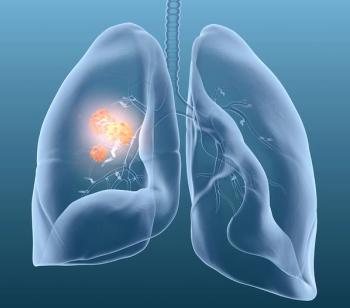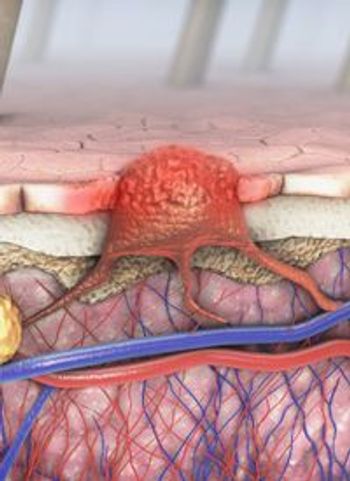
Oncology NEWS International
- Oncology NEWS International Vol 9 No 12
- Volume 9
- Issue 12
Radiation Therapy After Mastectomy: Mistaken Assumptions
I am writing in reference to your “Oncology Rounds” section in the September 2000 issue of Oncology News International (page 18). In the first case, entitled “What further therapy for this woman postmastectomy?” I noted that in the answer given by I. Craig Henderson, MD, there was no specific mention of adjuvant radiation therapy.
I am writing in reference to your Oncology Rounds section in the September 2000 issue of Oncology News International (page 18). In the first case, entitled
This patient had inflammatory breast cancer by definition with dermal lymphatic involvement and, in addition, on mastectomy had positive margins on the chest wall.
Although I would agree with Dr. Henderson that she should be treated with aggressive systemic therapy, she is also at high risk for locoregional recurrence and should be treated with post-mastectomy radiation.
I do agree with Dr. Hendersons comments that upfront chemotherapy followed by local treatment (mastectomy and then adjuvant radiation therapy) would have been the optimal treatment sequence.
GABRIELA B. MASKO, MD
Radiation Oncology Associates, Inc.Providence, Rhode Island
In the September ONI Oncology Rounds, a reader asked about further treatment for a woman after mastectomy. Clearly, this woman has inflammatory breast cancer, and while I would agree with Dr. I. Craig Hendersons approach with chemotherapy preoperatively, I do not understand his omission of the need for radiation therapy after her chemotherapy and surgery is complete.
This patient has a positive margin and dermal lymphatic invasion, and has a very high likelihood of local recurrence and requires trimodality therapy.
Please clarify this issue with Dr. Henderson. From a medical oncology standpoint, I am afraid readers will assume that chemotherapy is the only adjuvant treatment this patient will need. Without question, she needs radiation therapy as well.
ANITA JOY HILLIARD, MD
Radiation Oncology Associates of Lynchburg, Inc.Lynchburg, Virginia
Dr. Henderson Replies:
In my discussion of this case in Oncology Rounds, I referred to local treatment, stating that many, if not most, oncologists would have treated this patient with chemotherapy before administering local treatment. Dr. Hilliard assumed I meant mastectomy when referring to local treatment. Dr. Masko assumed I meant both mastectomy and adjuvant radiation therapy.
In actual practice, I always administer radiation therapy to a patient with inflammatory breast cancer. I do not always recommend mastectomy. This will depend on the completeness of the patients response to chemotherapy and radiation therapy.
I have a few patients who were treated with chemotherapy and radiation therapy only who are alive and free of disease for periods in excess of 10 years.
I. CRAIG HENDERSON, MD
Adjunct Professor of MedicineUniversity of California San Francisco, California
Articles in this issue
about 25 years ago
Use Caution in Retinoid Chemoprevention Trialsabout 25 years ago
Antifolate + Platinum in Advanced NSCLCabout 25 years ago
Colorectal Cancer Screening Working, But Challenges Remain Remainabout 25 years ago
Faces Pain Scale Useful in Evaluating Pain in Younger Childrenabout 25 years ago
NIH Funds Two New CAM Cancer Therapy Research Centersabout 25 years ago
Most Cancer Patients Say They Are Unaware of Clinical Trials Surveyabout 25 years ago
Vessel Sealing Tool Effective in Laparoscopic Colon Surgeryabout 25 years ago
Use of EPA Improves Cachexia in Patients With Pancreatic Cancerabout 25 years ago
FDA Approves Trizivir, 3-Drug Anti-HIV ComboNewsletter
Stay up to date on recent advances in the multidisciplinary approach to cancer.
































































































